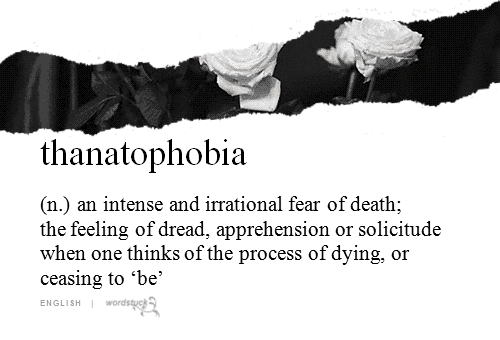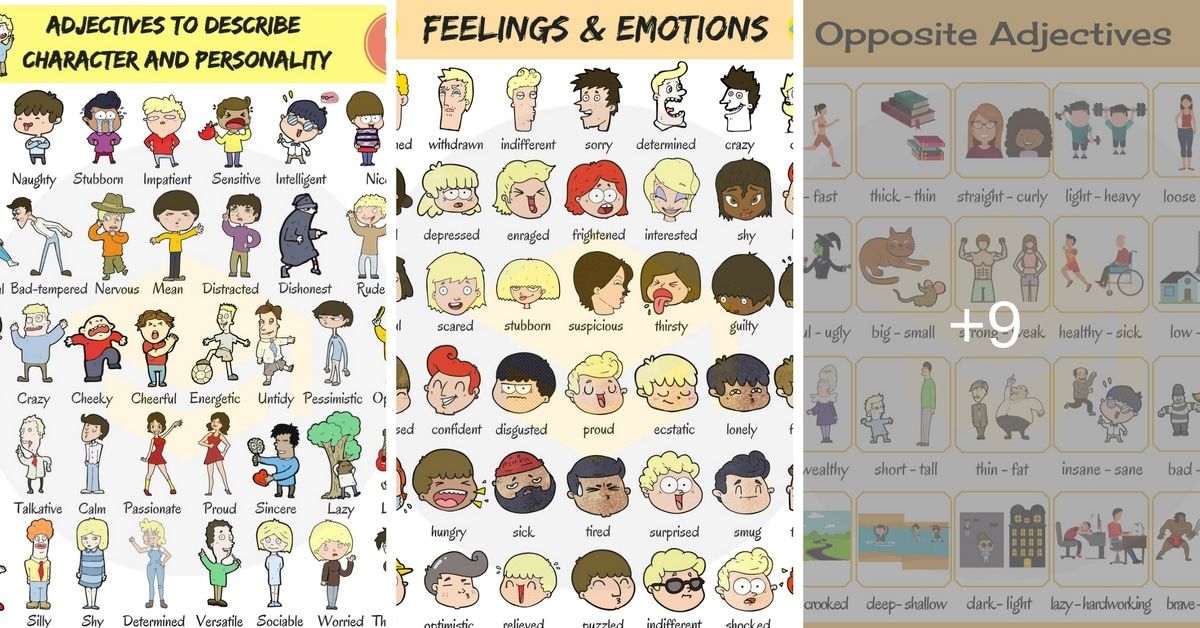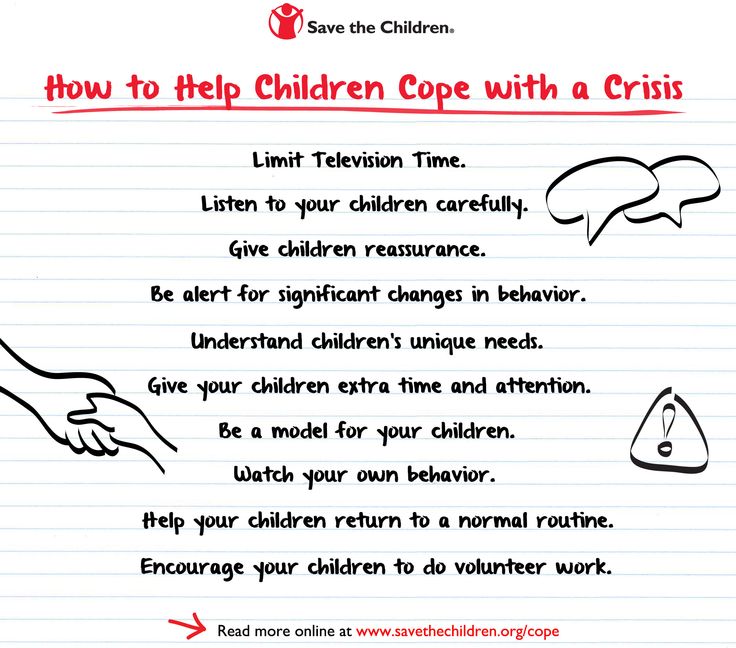Block out negative thoughts
4 Ways to Stop Negative Thinking
“Humans, and our brains, have evolved such that we are capable of language, something no other mammals have,” explained McLean’s Lisa W. Coyne, PhD. “Our ability to speak, think abstractly, and reason gives us the ability to plan, problem solve, collaborate in groups, and learn indirectly, in the absence of our direct experience. For example, you might have learned not to touch a hot stove because your parents told you ‘Don’t touch, it’s hot!’”
Moreover, Coyne stated, “Everyone has a mind that ‘talks’ to them. We think of this as our verbal mind or our ‘advisor.’ It’s the part of you that is linked to your languaging brain, whose function is to serve as your threat detector.”
Having a threat detector or “critical voice” is a good thing. “It points out all the stuff that could be dangerous to us, including stuff that might happen in the future and all of our missteps from the past,” said Coyne, a senior clinical consultant at McLean’s Child and Adolescent OCD Institute.
“Its function is to help us to avoid making the same mistakes so that we are physically and existentially safe,” she added.
Keep Reading To Learn
- The benefits and harms of listening to our critical voice
- Treatments and strategies for managing negative thoughts
How We Experience Our Critical Voice
People “do not hear voices, per se,” Coyne explained. “But we do notice critical thoughts popping up as we go through our days.” She stated that “we have evolved to experience our thoughts as literal truths. It’s what allows us to learn indirectly by listening to what other people say, rather than only directly through our own experience.”
Our inner voice, Coyne stated, “is always on, and it’s overinclusive in its estimation of what is threatening.” These are “features, not bugs” of our critical voice, she said. “It wouldn’t be a great threat detector if you could turn it off at will, and it wouldn’t be a great threat detector if it somehow underestimated threats, right?”
Getting Stuck
Our nonstop, always cautious critical voice, Coyne said, is “an incredible ability, a boon to our survival, but also comes with a dark side.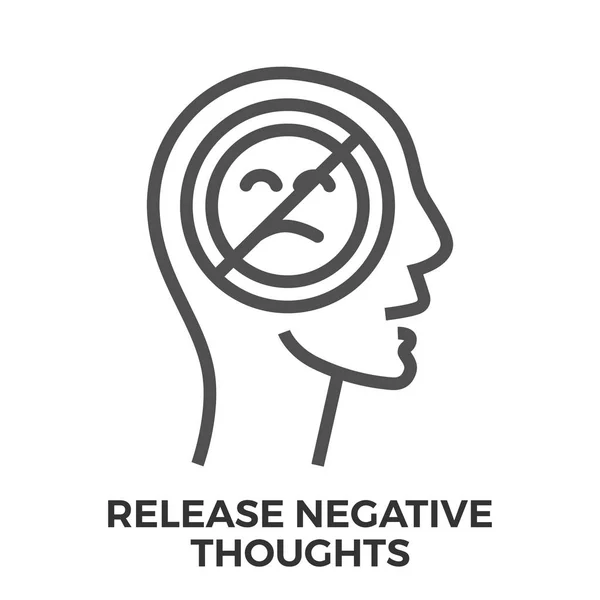 ”
”
“People run into trouble when they get stuck listening to their mind solely, rather than being out in the world and noticing that sometimes the mind isn’t correct about what it thinks,” Coyne stated.
The critical voice, she said, can cause people to “focus solely on avoiding unwanted thoughts and to avoid situations that trigger those thoughts.” This is defined as “experiential avoidance.”
“If it’s our default for managing unwanted thoughts, it can trap us, such that we lose our focus on other, more important things in our lives,” said Coyne. “The problem? Not only does this focus on getting stuff out of our heads capture our attention, but it also often backfires—sometimes the more you try not to think about something, the more it sticks around.”
According to Coyne, the critical voice is a crucial part of our lives, even though sometimes it can take over our thoughts
Coyne offered a real-world example of how this works: “My mind may say something like ‘Better not speak up in that meeting, people will think you are stupid, and that would be embarrassing.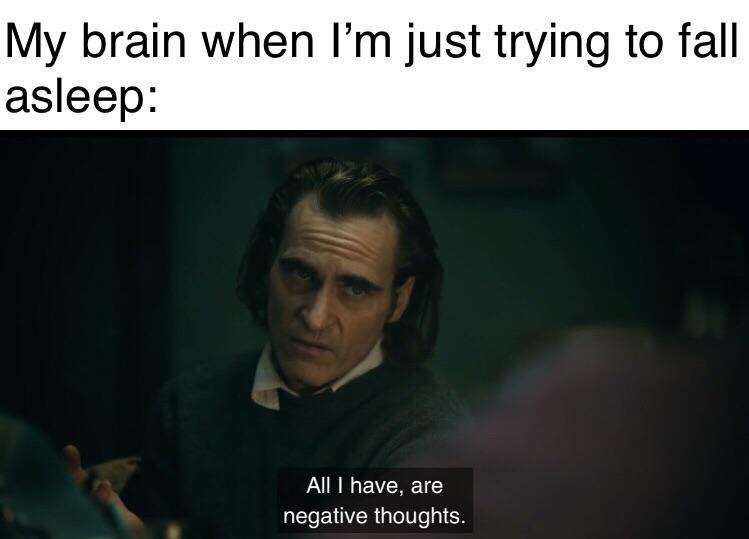 ’ I might experience a physical reaction (my heart rate might increase). Or an emotional reaction (I’ll feel nervous).
’ I might experience a physical reaction (my heart rate might increase). Or an emotional reaction (I’ll feel nervous).
And, of course, I’d have a cognitive reaction (should I not speak up? What’s the right thing to say so I don’t look stupid?). This is important because we also treat unpleasant or unwanted thoughts—even though they are just thoughts—as actual truths that we must avoid, or fix, or suppress, or change.”
Detaching From That Critical Voice
“Having a critical, threat-detecting mind isn’t the problem,” Coyne asserted. “Rather, it’s our response to that critical mind that can trap us.”
To avoid these, Coyne reported that some people engage with mental health professionals by using cognitive behavior therapy (CBT). “This approach will teach you skills for how to manage these types of thoughts by helping you undermine their faulty logic or overestimation of threat,” she explained.
Approaches like acceptance and commitment therapy (ACT) or acceptance-based behavior therapy can also be helpful. These methods, Coyne said, “help you change your relationship to your thoughts, such that you become more skilled at noticing them mindfully and making a space for them without reacting so that you are no longer hooked by them.”
These methods, Coyne said, “help you change your relationship to your thoughts, such that you become more skilled at noticing them mindfully and making a space for them without reacting so that you are no longer hooked by them.”
In essence, you might notice your critical mind chattering away at you, but it will no longer take up central importance it once did and leave you free to choose what direction to take in your life.
Simple Steps to Stop Negative Thoughts
While some may need to seek help from professionals, Coyne said there are “simple steps that folks might practice, helping them detach from that critical voice and build more joy and vitality and connection in their lives.”
1. Pause a Moment
If you are feeling stressed, anxious, or stuck in negative thinking patterns, PAUSE. Focus your awareness on the world around you with your five senses.
2. Notice the Difference
NOTICE the difference between being stuck in your thoughts vs. experiencing the present moment through your five senses. Notice also what you have been up to in your mind.
Notice also what you have been up to in your mind.
Were you arguing with yourself? Struggling with disproving negative or critical self-evaluations? Trying to push unpleasant thoughts or images out of your head?
Ask yourself whether this mental struggle is serving you well.
3. Label Your Thoughts
If it isn’t, see if you can step back and LABEL your thoughts as they are, rather than literal truths. For example, you might practice slowing down your thoughts and adding to them the stem “I am having the thought that ….”
Continue this practice of labeling, without attempting to soften, change, or avoid whatever thoughts you happen to be having. See if you can notice what it is like to have some distance between you—the thinker—and your thoughts.
4. Choose Your Intention
Once you have PAUSED from your mental struggle, NOTICED what’s happening and how it’s been working, and LABELED your thoughts for what they are—simple, mental weather that will come and go—you are better able to CHOOSE your intention, and the next right step for you.
Are you going to continue to struggle with your thoughts? Or you can choose to take a small step toward something that matters to you in your life.
Topics
- Lisa Coyne
Latest News
You May Also Like
Gearing Up Your Kids for a Mentally Healthy Summer
Mental Wellness for Kids and Teens
Do You Know the Difference Between Panic and Anxiety?
More News
Receive the latest articles and workshop invites right in your inbox
Subscribe Now!
Back to top
Yes, You Can Stop Thinking About It
Source: Wavebreakmedia/Shutterstock
Every one of us knows what it's like to be plagued by an unpleasant or unwanted thought. It could be a nagging self-doubt, a disturbing story from the evening news, the humiliation of being recently rejected by a potential love interest.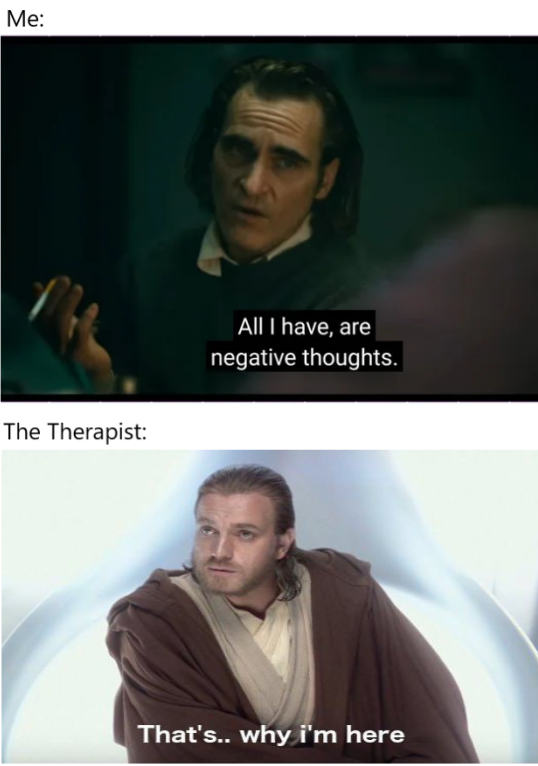 Try as you might to block it out, the image or feeling pops up over and over again. It makes you miserable and leaves you feeling very much a virtual prisoner of your own cruel mind.
Try as you might to block it out, the image or feeling pops up over and over again. It makes you miserable and leaves you feeling very much a virtual prisoner of your own cruel mind.
Most people believe that there really isn't much you can do about it—that on some level, these thoughts must need to happen, and that trying to block them out is pointless. The good news is, most people are wrong. You absolutely can block out painful, unwanted, or counterproductive thoughts, if you are armed with the right strategies. And I got a chance to put them to the test once again just last week, when I shut the bathroom door on the index finger of my 4-year-old daughter, Annika.
It was very, very bad. Her finger had been near the hinge where the force was greatest, so the tip was fractured and, the surgeon told me later, nearly severed. Immediately after it happened, I scooped up my shoeless daughter and her 1-year-old brother, still in his pajamas, and ran out into the New York City streets frantically in search of a cab. We spent the next four hours in the ER.
We spent the next four hours in the ER.
By the time we got back to our apartment, Annika was once again all smiles and sunshine. Her surgeon had assured us that she would heal quickly and that there would be no lasting damage. Remarkably, she wasn't even in any pain. Once she was settled in on the sofa with her dad and brother and a big bowl of ice cream, I took the dog for a long walk in the park and bawled my eyes out. (Thank goodness New Yorkers avoid eye contact. Maybe nobody noticed.)
As terrible as it is as a parent to cope with any injury to your child, there's a very special kind of anguish in knowing that you were the one who caused it.
Now, I knew perfectly well that it was an accident, and that accidents happen to everyone (even neurotically safety-obsessed moms like me). I knew that there was really nothing to be gained from dwelling on what happened. But the next day, even though Annika was playful and pain-free, I still felt awful. From moment to moment, I cycled through the hit parade of negative emotions: guilt, anxiety, depression, self-loathing.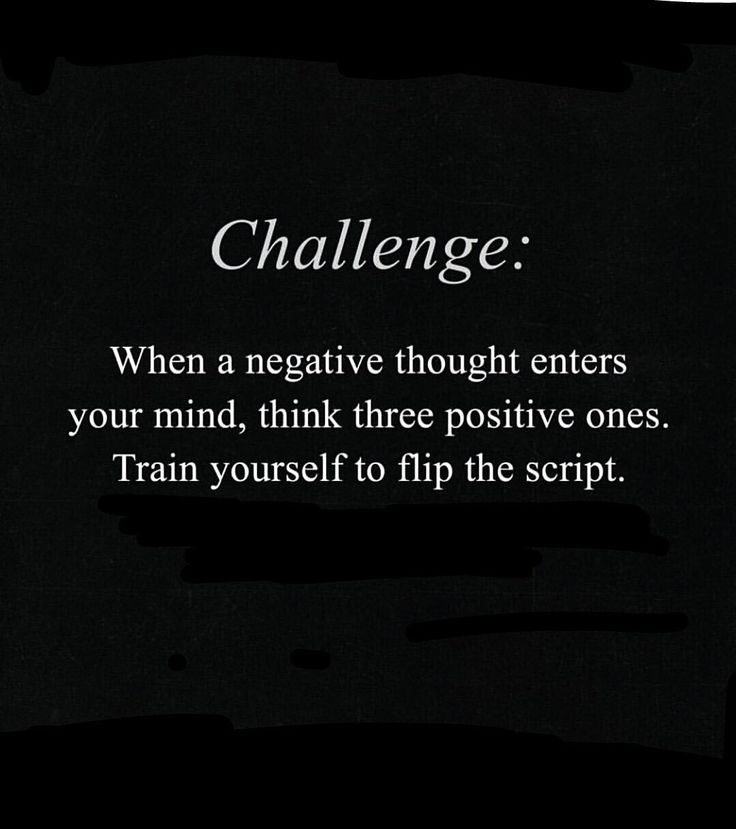 I couldn't enjoy playing with my children, I couldn't concentrate on anything. I couldn't even feel the joy and relief that you'd have thought I would feel knowing that my daughter was happy and on the mend.
I couldn't enjoy playing with my children, I couldn't concentrate on anything. I couldn't even feel the joy and relief that you'd have thought I would feel knowing that my daughter was happy and on the mend.
The problem was that memories of what happened kept popping up in my mind. I would see the terror in her eyes, remember my own panic and struggle to stay calm, relive the moment where I had started to close the door, and wish I had just looked down to see her standing there. I knew that I was going to continue to feel terrible unless I could rid myself of these unwanted, painful thoughts. Fortunately, I knew just what to do.
Blocking out (or "suppressing") a thought is challenging, because a blocked thought tends to rebound. In other words, it can come back later with a vengeance once you've let your guard down. The most well-known account of why rebounding happens comes from ironic monitoring theory. The idea is that while you are blocking out a thought (for instance, trying to rid yourself of thoughts of "white bears"), part of your brain is actively searching for any thoughts of white bears so it can immediately shut them down.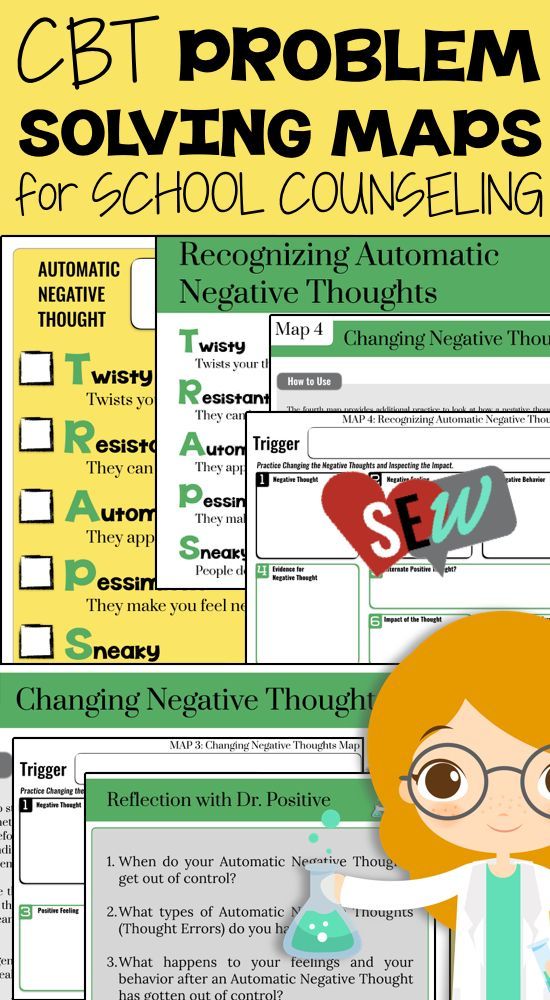
That active search creates an ironic effect: It makes white bear thoughts more accessible, so that once you let your guard down and stop blocking, the thoughts come rushing back. Now all you can think about is white bears.
For a long time, psychologists believed that allowing yourself to go ahead and think about white bears was the only solution—eventually, since your brain wasn't on the lookout for these thoughts and actively trying to block them anymore, they would fade. But thoughts can be blocked without rebounding. To do this, there are two things you need to know.
1. First, remember that blocking a thought is always a bit difficult, no matter what the thought is.
But just because it's hard, that does not mean that, on some level, you need to think that particular thought. Your brain doesn't necessarily have a hidden agenda. The real irony is that believing that it does is actually what creates rebound. In other words, you will continue to be haunted by a thought if you give the difficulty you have blocking it out more meaning and importance than it deserves.
In other words, you will continue to be haunted by a thought if you give the difficulty you have blocking it out more meaning and importance than it deserves.
In fact, in a series of studies, psychologists Jens Foerster and Nira Liberman found that if they explained to people in advance, before they blocked out a thought, that it is always difficult to block any thought, there was no rebounding whatsoever. Blocked thoughts actually stayed blocked. The white bears never returned.
So the first step to blocking an unwanted thought is embracing the idea that you don't really need to think it.
2. Second, you need a strategy for handling the thought when it does come.
A good if-then plan is just what the doctor ordered for coping with unwanted thoughts and disruptive feelings (see my previous post, "Be Careful What You Plan For," for more on planning).
The key is to plan out in advance what you will do when the thought pops up in your mind.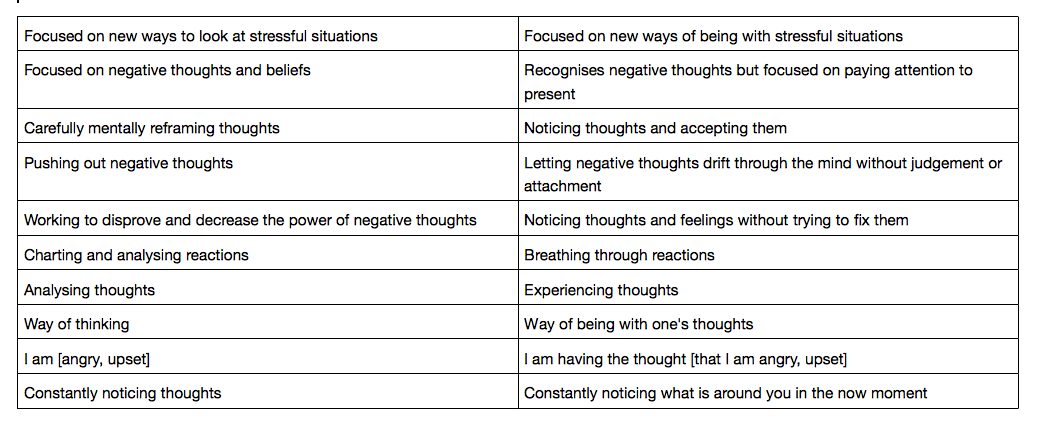 It can be as simple as saying to yourself, "If the thought comes, then I will ignore it." Some may prefer to replace the unwanted thought or feeling with a more positive one. In one study, tennis players who were plagued by pre-match anxiety and self-doubt conquered these thoughts with the plan "If I doubt myself, then I will remember all the times I've won in the past."
It can be as simple as saying to yourself, "If the thought comes, then I will ignore it." Some may prefer to replace the unwanted thought or feeling with a more positive one. In one study, tennis players who were plagued by pre-match anxiety and self-doubt conquered these thoughts with the plan "If I doubt myself, then I will remember all the times I've won in the past."
For me, the plan "If I think about the accident, then I will picture Annika's smiling face when it was all over" was amazingly effective. As I practiced it over and over again throughout the day, whenever those terrible visions paid a visit, I felt their power over me melting away. Their visitations grew less and less frequent. I was able to feel happy again, and to see that my little girl had long since forgiven me for what had happened. It finally felt okay to start forgiving myself, too.
Now, I am not saying that we should go around blocking out all the unpleasant thoughts that come our way. There are times when we do truly need to reflect on the bad things that happen to us, to understand their significance, to come to terms with our feelings, and to learn and grow from our experiences. But when there really isn't anything to be gained from reflection—when a thought simply prolongs pain—it's good to know that there really is a way to rid yourself of it and move on.
But when there really isn't anything to be gained from reflection—when a thought simply prolongs pain—it's good to know that there really is a way to rid yourself of it and move on.
Facebook/LinkedIn image: serdjophoto/Shutterstock
How to deal with bad thoughts: 7 techniques
327 917
Know YourselfPractices how to
It turns out that there are a number of methods that will help block the appearance of bad thoughts or deal with them if they have already come. These are the methods offered by the American psychologist Daniel Wegner, who has devoted decades of his life to the problem.
1. Switch
Don't try not to think of a white monkey - think of a black one instead. Better yet, a purple flamingo. Try to switch your mind to some other subject that you also like to think about very much, but which at the same time has positive connotations.
Get yourself a few "continued" thoughts that raise more and more questions and the need for answers to them - and therefore draw you into a completely different stream of thoughts. Is it true that Brad Pitt has silicone muscles? I read about it somewhere. But if so, how does he use them? After all, silicone is not able to contract like real muscles - or is there some way to make it do this?
Is it true that Brad Pitt has silicone muscles? I read about it somewhere. But if so, how does he use them? After all, silicone is not able to contract like real muscles - or is there some way to make it do this?
The more you shake up your emotions, the weaker the brain is before the "alien invasion" of unwanted thoughts
And then there is the conspiracy theory that our Earth is really flat, and only a group of evil scientists have been convincing us for several centuries that it is spherical. Wait, what about satellite images and records from space? And they are falsified by the same scientists. But what about the poles? There is only one pole - the North one, it is in the center of the Earth, which is flat as a disk, and along the edges of the disk there are glaciers that scientists pass off as Antarctica.
And so on - soon the seething stream of this nonsense will take you in a completely new direction.
2.
 Avoid stress
Avoid stress Some people find that a strong impression will help them cope with intrusive thoughts, such as a scandal with their neighbors or a naked run through a winter city at night. However, studies show that the more you shake up your emotions, the weaker the brain is before the "alien invasion" of uninvited thoughts. On the contrary, try to calm down and rest - the more strength you have and the better your brain is, the more chances you have to repel an attack.
3. Set aside bad thoughts
Agree with an obsessive thought - you will definitely pay attention to it, but only later. Include in your daily schedule "half an hour for painful thoughts" - but not before bedtime, but, for example, at the height of the working day. Thinking about what is bothering you during your lunch break will quickly take your mind off your problems and plunge back into work.
Sooner or later, the subconscious will get used to the fact that obsessive thoughts have their own time with strictly defined limits, and will stop pestering you at other hours.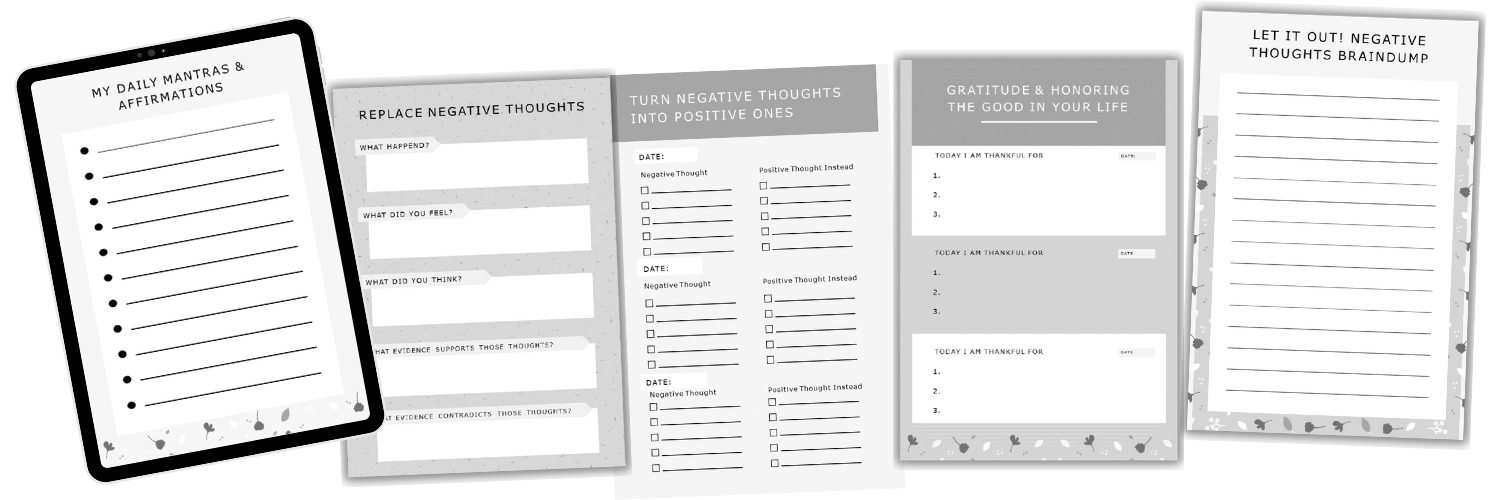 Now you can think about how to exterminate annoying thoughts at this time.
Now you can think about how to exterminate annoying thoughts at this time.
4. Concentrate on the obsession
Once upon a time, a patient came to the great physician Abu Ali ibn Sina, who complained that his eyelid was twitching. Ibn Sina prescribed him an extremely dubious remedy: every hour to begin to blink on purpose with an obstinate eyelid. The patient chuckled, but promised to strictly follow the prescribed.
Meditation is a great way to organize your mind, making your thoughts under control
A few days later he came to thank the doctor. Like the remedy prescribed by Ibn Sina, this method works on the principle of "by the contrary": when an obsessive thought comes to you, try to force yourself to think it over from all sides, turn it this way and that, make yourself afraid that it will slip away from you - and you will soon feel that her grip is weakening and she herself would be glad to escape from you.
5. Recognize the inevitability of a bad thought
Another way, somewhat similar to the previous one, is to replace the fear of the appearance of an indestructible thought with complete indifference to it. Learn to think of it as something external: for example, if it is the thought that a loved one left you, get used to the idea that this thought has nothing to do with him (or her), but exists on its own: here now I will go to bed, and my number one Thought will come to me again.
Accustom yourself to the fact that this thought does not develop and does not tell you anything new - it just comes and goes, as twelve o'clock at night or winter come and go. And very soon you will feel that she is really leaving.
6. Meditate
Meditation is a great way to organize your mind, bringing your thoughts under control. Practice it daily, trying to achieve a state of complete thoughtlessness. It is not easy, but if you learn how to do it, you will be able to induce this state at will, including it at the time of the day when you are most prone to bad thoughts, or in the situation when you become most defenseless against them.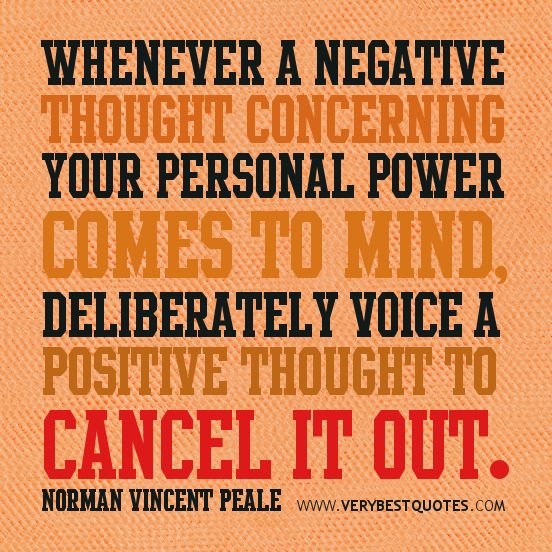
Obsessive thoughts are especially fond of people who have neither a major lifelong goal nor an interesting hobby
If an evil thought does not receive positive reinforcement in the form of your willingness to devote your brain resources to it, it begins to weaken - and soon disappears.
7. Think about your goals
How is a bad thought different from gas? Gas, as we know from a physics textbook, occupies the entire volume provided, and a bad thought is not yet provided ... It teaches us to concentrate on it, forgetting that there is so much good in the world that it is much more pleasant to think about.
Obsessive thoughts are especially fond of people who have neither a major lifelong goal nor an interesting hobby. Take yourself out of the state of sad thoughts, thinking about the path to success, about what will bring you satisfaction. If you make an effort, you will gradually be able to accustom yourself to positive dreams.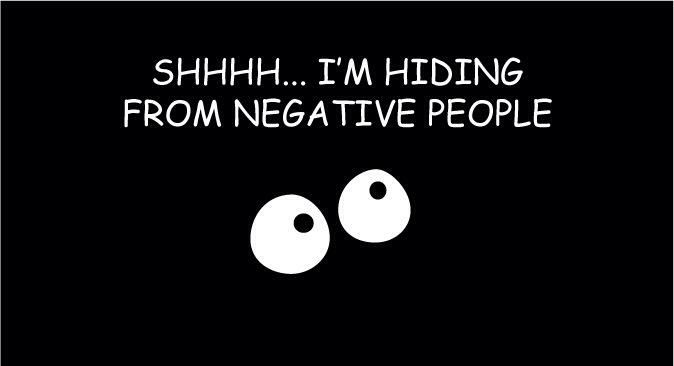
Text: Ilya Nosyrev Photo credit: Getty Images
New on the site0003
The body is telling you loudly: 6 signs that you are ignoring your true desires
Happy Month: how to support yourself and others in difficult times
Life after 30 years: 8 discoveries - prepare for them
"I broke up with a guy in a hurry . Then I regretted it, but it was too late”
“A guy from a dating site follows me and writes vulgar things”
Asexuals and love: is it possible to have a romantic relationship without sexual desire?
Who is mother to whom: 4 roles played by children in a family of infantile parents
How to get rid of obsessive thoughts: 6 life hacks
Health
© Baran Lotfollahi/Unsplash
Author Irina Rudevich
October 23, 2020
Sometimes it is difficult to stop the flow of unpleasant thoughts that seem to break into your head and give you no rest. We tell you how to eliminate the anxiety that has arisen and not dwell on this state
What are obsessive thoughts
Excessive experiences and repetitive dialogues arise spontaneously. You can go about your daily activities or get ready for bed, but suddenly a thought appears that draws all attention to itself. For many, it seems to get stuck in place, causing discomfort, disrupting biorhythms and disrupting plans. Obsessive thinking is a series of images that are repeated in combination with negative perceptions. The severity of their influence can range from mild but annoying to severe and all-encompassing. Particularly debilitating cases that prevent a person from living a full life are considered in psychiatry as obsessive-compulsive disorder (OCD).
You can go about your daily activities or get ready for bed, but suddenly a thought appears that draws all attention to itself. For many, it seems to get stuck in place, causing discomfort, disrupting biorhythms and disrupting plans. Obsessive thinking is a series of images that are repeated in combination with negative perceptions. The severity of their influence can range from mild but annoying to severe and all-encompassing. Particularly debilitating cases that prevent a person from living a full life are considered in psychiatry as obsessive-compulsive disorder (OCD).
10 brain traps that change reality
Advertising on RBC www.adv.rbc.ru
Why do we think about unpleasant things
Psychologists do not have a clear answer to the question of where obsessive thoughts come from. According to one theory, repeated anxious thoughts indicate that a person has an unresolved issue and a life stage that has not been completed. It could be stress at work, relationship problems, or an unpleasant conversation with a stranger that happened a few days ago. But they are not always based on real events.
But they are not always based on real events.
© Cottonbro/Pexels
Everyone at least once left for work with the thought: “Did I turn off the iron?”, which haunted until the evening. “Thinking can be a problem because it rarely offers new ideas or solutions to fix a situation,” writes psychotherapist Jody Virgo [1]. Instead, they emotionally capture the person and reinforce negative feelings.
Against depression: what activities “teach” the brain to be happier and healthier
It's not easy not to think
It would seem that you just need to switch and forbid yourself to play the same record in your head. But our minds are built differently: when a person tries to avoid thinking, being under the influence of obsessive thoughts, the brain continues to remind us of them with greater force. It's the same principle that when you hear "don't think about the pink elephant" the first thing you do is imagine it. At the same time, thoughts without decisions and actions only take time and emotional resources. “They have no practical consequences, and in themselves they are unimportant,” says physician and writer Deepak Chopra [2]. But that doesn't change the fact that people suffer from obsessive thinking. Here are a few principles to help you deal with it:
“They have no practical consequences, and in themselves they are unimportant,” says physician and writer Deepak Chopra [2]. But that doesn't change the fact that people suffer from obsessive thinking. Here are a few principles to help you deal with it:
- Recognize the thought pattern
- Put your thought on paper
- Think about a solution
- Accept separateness of thoughts
- Practice meditation and mindful thinking
- Contact a specialist
Recognize the thought pattern
To overcome obsessive thoughts, you need to identify them. The patterns may vary, but most of them are repeated over and over again. If a person often gets stuck in a cognitive cycle, then they turn into a habit that is more difficult to get rid of. It's like biting your nails or checking your email every few minutes, that is, actions (or thoughts) occur unconsciously. Caught yourself in a compulsive cycle - study it carefully. As Bruce M. Hyman and Cherry Pedrick write in The OCD Workbook, it pays to “examine these thoughts to understand how they arise and how you respond to them” [3].
Hyman and Cherry Pedrick write in The OCD Workbook, it pays to “examine these thoughts to understand how they arise and how you respond to them” [3].
Inverted thinking: how to lose weight and get rid of debt by thinking bad
Transfer your thought to paper
Once you write down an obsession in a notebook or phone notes, it will no longer cyclically spin your head. But the work is not over yet. It is important to determine the root cause of the negative experience.
© Lisa Fotios/Pexels
For example, you're worried about not getting a response from a friend, or you're worried that you weren't good enough when you gave a talk. Formulate a problem: “I’m upset because I think I offended a loved one in some way” or “I’m afraid that they didn’t take me seriously because I was very nervous during the speech.”
Neuroplasticity: how to make the brain work better
Think about a solution
Sometimes obsessive thoughts are justified and require certain actions.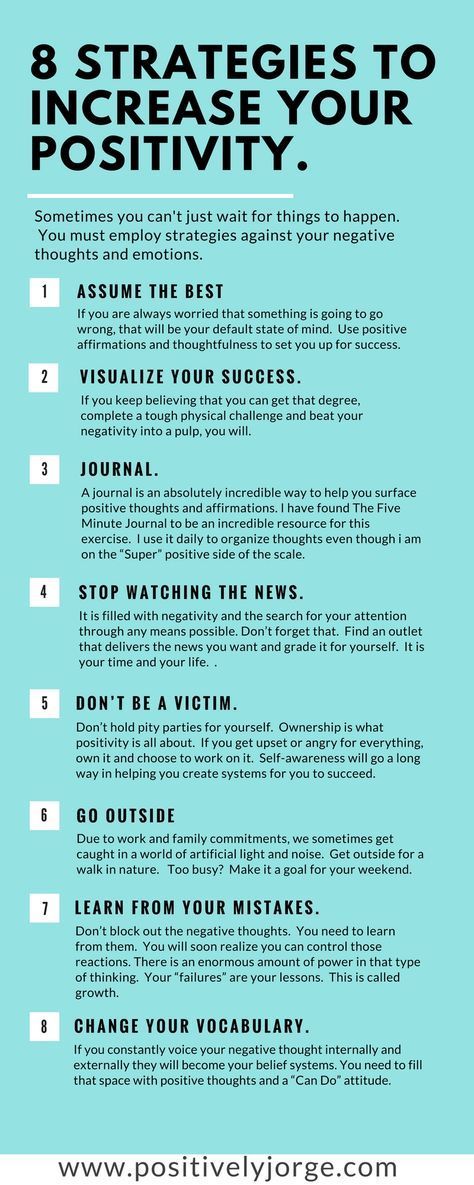 If you seriously think that you have not turned off the iron, ask a family member or neighbor to come in and check if everything is in order. When you're worried about relationship problems, it's easier to ask your partner directly if everything is okay, rather than oppressing yourself with destructive thoughts. Sometimes thoughts cling to the past or rush into the future, and you worry about the future. Try to learn from the experience and evaluate what can be done to minimize stress in the coming changes.
If you seriously think that you have not turned off the iron, ask a family member or neighbor to come in and check if everything is in order. When you're worried about relationship problems, it's easier to ask your partner directly if everything is okay, rather than oppressing yourself with destructive thoughts. Sometimes thoughts cling to the past or rush into the future, and you worry about the future. Try to learn from the experience and evaluate what can be done to minimize stress in the coming changes.
Chronic Stress: How to Detect, Manage and Prevent
Accept Separateness of Thoughts
A difficult but important step in dealing with a problem is to recognize that thoughts are not always in your control. This is a series of neurons that fire in the brain as a result of not always obvious reactions, associations and experiences. Attempts to avoid obsessive thinking, to forcibly get rid of it, can only aggravate the situation. Acceptance can be the key to liberation, but not in the sense that you should give up and leave your mind to be torn apart by disturbing ideas.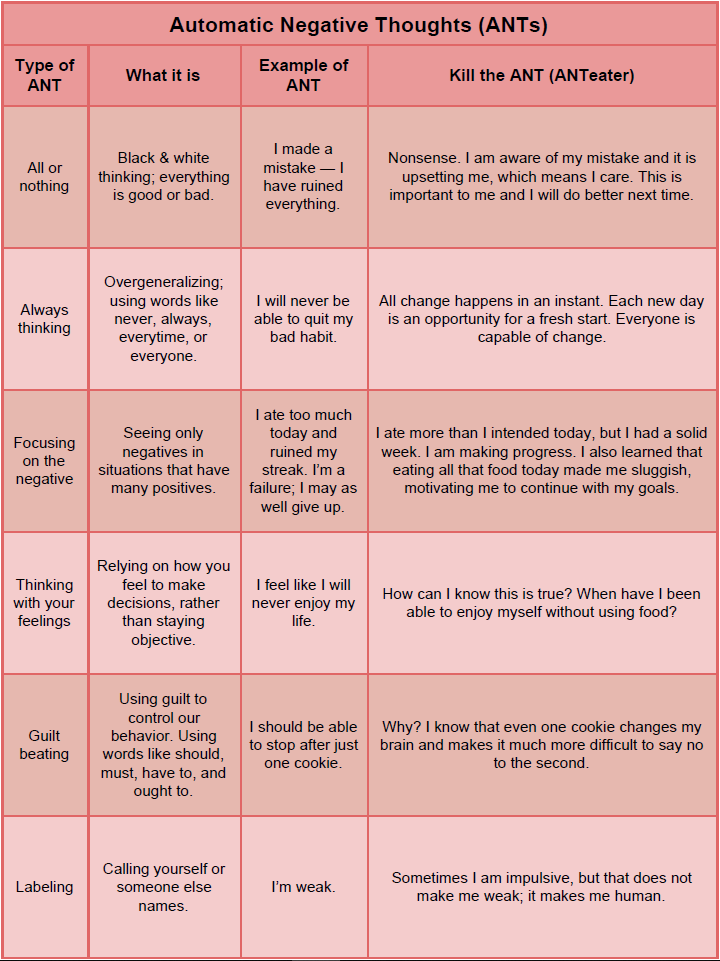 It is necessary to allow these thoughts to exist, to evaluate them, but not to try to control them.
It is necessary to allow these thoughts to exist, to evaluate them, but not to try to control them.
8 ways to develop creative thinking
Practice meditation and mindful thinking
Obsessive thoughts cause discomfort because they are accompanied by negative emotions. Meditation and mindfulness exercises will help you get rid of oppressive experiences while you study the “enemy”. Psychologist Seth Meyers, in an article for Psychology Today, defines conscious thinking as “clearing and focusing on what your mind and body are feeling in the present moment” [4].
© Cottonbro/Pexels
If you have obsessive thoughts, try a few simple breaths, counting slowly to five as you inhale and exhale. You can supplement the practice with physical exercises for "grounding": fix yourself in space, standing on the floor and focusing on the sensation in your legs. Look around, identify five things in turn that you feel with your senses in order to linger in the state of “here and now”.
